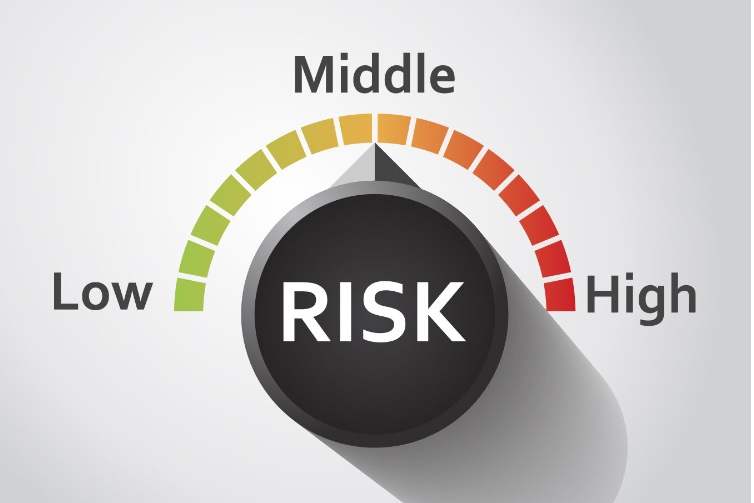Risk Assessment
Risk assessment systematically evaluates potential risks and uncertainties associated with a particular situation, activity, or decision. It involves identifying hazards, analyzing their potential impacts, and determining appropriate measures to manage or mitigate those risks. The primary goal of risk assessment is to proactively assess and address risks to prevent accidents, losses, and negative consequences.
Risk Assessment is necessary:
 To identify potential risks and take proactive measures to prevent accidents, incidents, or losses before they occur.
To identify potential risks and take proactive measures to prevent accidents, incidents, or losses before they occur. To provide valuable information for decision-makers to evaluate the risks involved in different options and make informed choices.
To provide valuable information for decision-makers to evaluate the risks involved in different options and make informed choices. To ensure safety standards and regulations compliance.
To ensure safety standards and regulations compliance. To enhance stakeholders' trust and confidence in an organization or project.
To enhance stakeholders' trust and confidence in an organization or project.

Steps followed to conduct a Risk Assessment:
 Identify hazards: We identify potential hazards or threats associated with the assessed activity, process, or environment.
Identify hazards: We identify potential hazards or threats associated with the assessed activity, process, or environment.  Evaluate the potential impact: We assess the severity of consequences if a hazard eventuates, including factors like human safety, financial loss, reputation damage, or environmental impact.
Evaluate the potential impact: We assess the severity of consequences if a hazard eventuates, including factors like human safety, financial loss, reputation damage, or environmental impact.  Implement control measures: We implement appropriate control measures to mitigate or manage the identified risks.
Implement control measures: We implement appropriate control measures to mitigate or manage the identified risks.  Review and monitor: We also provide regular reviewing and monitoring of the effectiveness of the implemented control measures.
Review and monitor: We also provide regular reviewing and monitoring of the effectiveness of the implemented control measures.






















